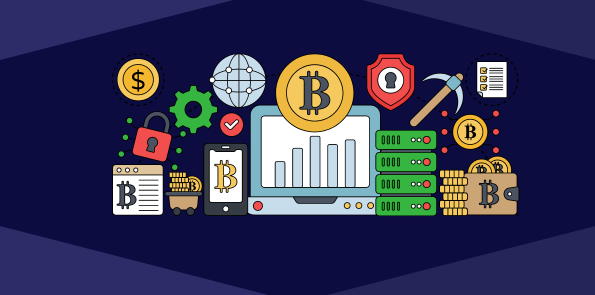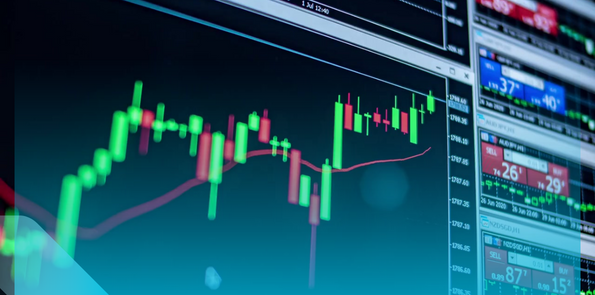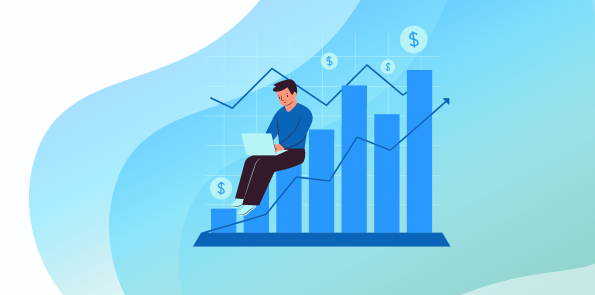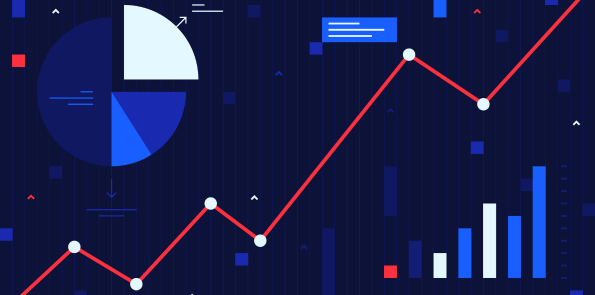Forex Trading Made Easy: Essential Education for Beginners

Обзоры рынка
Forex Trading Made Easy: Essential Education for Beginners
Introduction:
Forex trading, also known as foreign exchange or FX trading, is one of the most popular and accessible forms of trading in the financial world. It involves buying and selling currencies with the aim of making a profit from the fluctuations in their exchange rates.
For beginners, forex trading can seem complex and intimidating. However, with the right education and guidance, it can be made easy and accessible to anyone interested in exploring this exciting financial market.
Understanding the Basics:
1. What is Forex Trading?
Forex trading involves the buying and selling of currencies in the global currency exchange market. The forex market operates on a decentralized basis, which means that it is not controlled by a central authority.
2. Why Trade Forex?
Forex trading offers several advantages to traders, including:
- High liquidity: With an average daily trading volume of over $6 trillion, the forex market is the most liquid market in the world. This means that you can enter or exit positions at any time without worrying about price fluctuations.
- 24/5 Market: Unlike other financial markets, the forex market operates 24 hours a day, five days a week. This allows traders to trade at their convenience, regardless of their time zone.
- Leverage: Forex brokers offer leverage, which allows traders to control larger positions with a smaller amount of capital. However, leverage can magnify both profits and losses, so it should be used with caution.
- Wide Range of Currency Pairs: Forex trading offers a wide range of currency pairs to trade, including major pairs (such as EUR/USD, GBP/USD) as well as exotic pairs (such as USD/ZAR, USD/THB). This provides traders with ample opportunities to profit from currency movements.
Getting Started:
1. Education is Key:
Before diving into forex trading, it is essential to gain a solid understanding of the fundamentals. This includes learning about macroeconomic indicators, technical analysis, risk management, and trading psychology.
There are numerous educational resources available online, such as tutorials, webinars, and e-books. It is important to invest time in learning and practicing before risking real money in the markets.
2. Choose a Reliable Broker:
A forex broker acts as an intermediary between you and the forex market. It is crucial to select a reputable and regulated broker to ensure the safety of your funds and fair trading conditions.
When choosing a broker, consider factors such as regulatory compliance, trading platforms, spreads, commissions, and customer support. Read reviews and compare different options to find the best fit for your trading needs.
3. Practice with a Demo Account:
Most brokers offer demo accounts that allow you to practice trading without risking real money. A demo account simulates real market conditions and enables you to test your trading strategies and familiarize yourself with the trading platform.
Use the demo account to gain experience, refine your trading techniques, and build confidence before transitioning to live trading.
The Trading Process:
1. Develop a Trading Plan:
A trading plan is a written document that outlines your trading goals, risk tolerance, and trading strategies. It acts as a blueprint for your trading decisions and helps you stay disciplined in the face of market fluctuations.
Your trading plan should include entry and exit criteria, risk management rules, and a clear understanding of your trading style (e.g., scalping, day trading, swing trading).
2. Understand Risk Management:
Effective risk management is crucial for long-term success in forex trading. It involves determining the amount of capital to risk on each trade, setting stop-loss orders to limit potential losses, and managing leverage appropriately.
By implementing proper risk management techniques, you can protect your trading capital and stay in the game even during periods of market volatility.
3. Analyze the Markets:
To make informed trading decisions, it is important to analyze the markets using both technical and fundamental analysis.
Technical analysis involves studying charts, patterns, and indicators to identify potential entry and exit points. Fundamental analysis, on the other hand, involves analyzing economic indicators, news events, and geopolitical factors that can impact currency prices.
4. Execute and Monitor Trades:
Once you have done your analysis and identified a trading opportunity, it's time to execute the trade. Using your trading platform, enter the necessary trade details, including the currency pair, position size, and stop-loss orders.
After entering a trade, it is crucial to monitor it closely, adjusting your stop-loss levels, and taking profits as necessary.
Conclusion:
Forex trading may seem intimidating at first, but with the right education and practice, it can be made easy and accessible for beginners. By understanding the basics, choosing a reliable broker, practicing with a demo account, and following a disciplined trading approach, you can embark on a journey to explore the exciting world of forex trading.
Remember, forex trading is a skill that takes time to develop. Stay committed to continuous learning, adapt to market changes, and always prioritize risk management. With dedication and perseverance, you can navigate the forex market with confidence and potentially achieve your financial goals.



